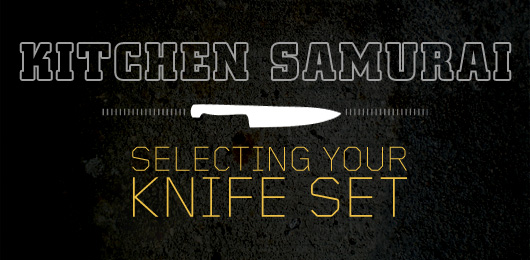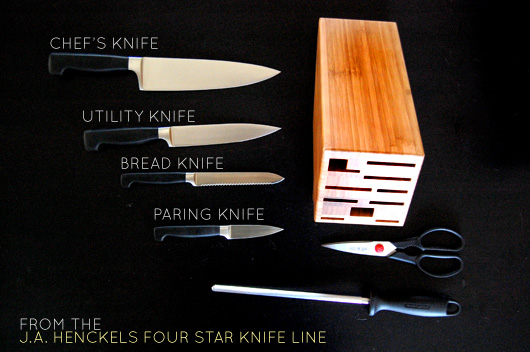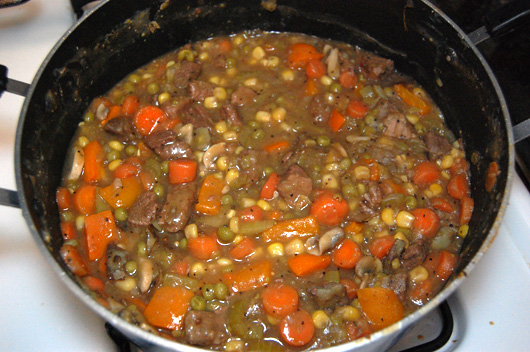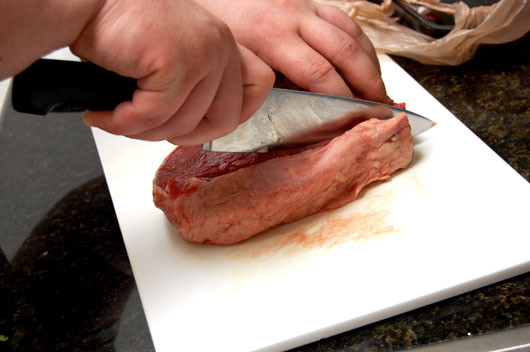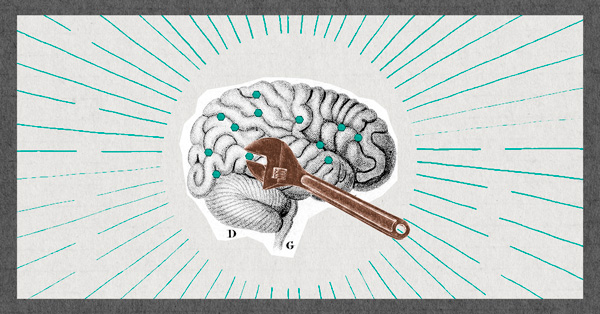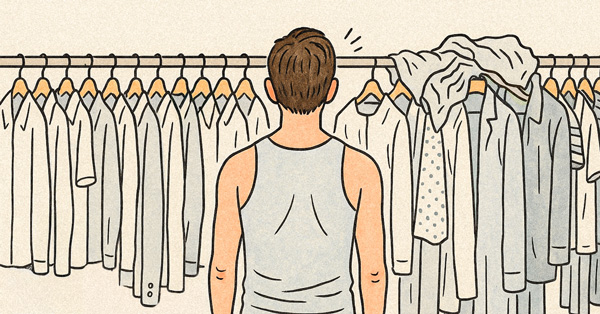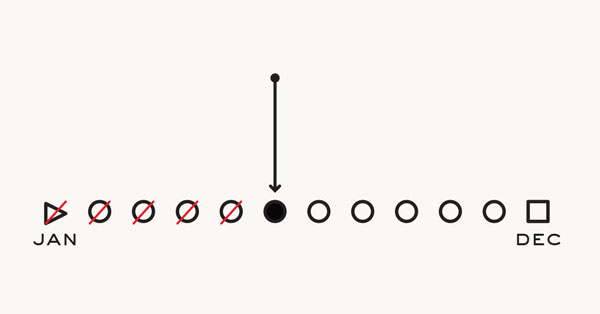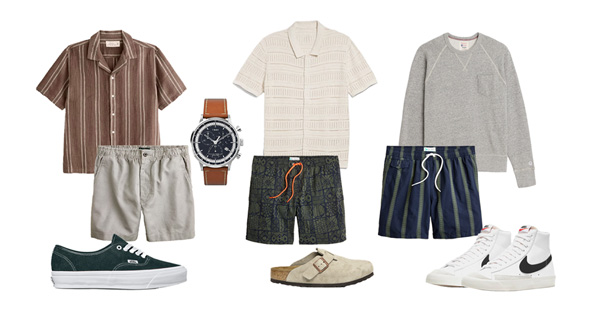I resisted making several Crocodile Dundee jokes about how “that's not a knife,” but I'm going to keep that joke in my pocket for a future article. Besides, knives are no joking matter. Well, that thing you call a knife currently might be a joke, but as the chef's most important tool, a great knife is something to be respected.
You may think that just any old thing that cuts will do. Something you found at Target and splurged on for $15 after watching a Gordon Ramsay show. Well friend, that knife is no good. How do I know? Because knives are one area where price does matter. I'm going to break down what you want in a knife, tell you what knives you need, tell you which knives I prefer, and finally tell you how to take care of your new purchase.
The first thing to look for in a knife is the quality of the steel. Regular steel is called carbon steel and it's been around forever. It's not great for your kitchen because of its proclivity towards rusting. The next step up is what you see everywhere in the kitchen – stainless steel. The best knife for your kitchen is going to be a high carbon no-stain knife. Carbon in the blade is what gives it strength – too much carbon and your knife will be prone to breakage and rusting. Not enough and it will be flexible and fail to hold an edge. No-stain or stain resistant is another way of, basically saying “stainless steel” which refers to its resistance to rust and discoloration. However, even stain resistant things will rust if not well taken care of.
Next is how the blade was formed – stamped or forged. A stamped knife is one that is cut via a template out of a piece of steel. It's generally less dense than the second type of knife. A forged knife is created through a process of repeated heating, folding, and cooling. These knives tend to be denser, have better balance, and better edge retention.


So by this point, we've laid down the basic ground work:
- High Carbon
- Stainless Steel
- Full Tang
- Forged
- Finger Guard
- No Slip Handle
My personal recommendation for the perfect mix of price and quality is a set from Zwilling J.A. Henckels, a company from Germany who have been making quality knives for over two hundred years. Zwilling has several lines of knives, but we're going to focus on the Four Star line, one of the most popular and prevalent knives the world over. You already know why these knives are great. Every point I listed above? Present in these knives.
As I mentioned in my introduction, there are certain knives that you need to own.
The basic three are:
1. Chef's Knife – a large, general utility knife that can do almost anything
2. Paring Knife – a small knife, perfect for skinning vegetables and doing delicate work
3. Bread Knife – a serrated blade that cuts bread without crushing it
You can purchase these three knives separately, but I recommend taking the plunge into a knife set. There is a built in discount when you buy a set and you really get your money's worth. For around $170 you can get four knives, kitchen shears, sharpening steel, and a wooden block to store them all. The set I own features a chef's knife, a utility slicer, a bread knife, a paring knife, and a bread knife – everything you need to accomplish anything in the kitchen.
As a red blooded male, and someone with a penchant for playing with sharp things, the J.A. Henckels Four Star knife line is, without a doubt, the best blades I've ever used in the kitchen. Previously I've owned random super-market pieces of junk and one knife that I thought was good, a Victorinox Forschner chef's knife – this is the company that makes the ubiquitous Swiss Army Knife, so they know blades. But so does Zwilling, and in my kitchen, they're king. The knives effortlessly glide through whatever they touch. They feel fantastic in the hand. The balance is great and they clean easily. They're also easy to hold on to when wet and they look nice to boot.
To illustrate the entire set, I came up with the perfect dish for testing knives – beef stew. What? Knives for stew? If you make it from scratch, of course. Making a good stew involves cutting up two pounds of beef, chopping up large vegetables, slicing small mushrooms, and cutting bread to serve alongside. Doesn't seem so silly now, eh? You can find the recipe for this delicious dish here: Man Made Meal: Harvest Stew.
The chef's knife made short work of the big beef roast as I cut it into cubes. Each of the knives works just as well as the other, effortlessly slicing, dicing, or chopping. I've used these knives daily for weeks and haven't encountered a single issue. The edges are as sharp today as they were when they came out of the box. If you only buy one knife for your kitchen, a J.A. Henckels Four Star Chef's Knife is an excellent choice, but if you want to maximize your money and make a smart investment in a set of knives that will last you years, think about investing a set. You'll be happy you did.
And if you're going to spend a decent chunk of change on a knife, take care of it well.
The very basics of knife care:
- Use a Wooden Cutting Board. Hard cutting boards, like those made of glass, or using plates or something similar, are damaging to the fine edge of the blade.
- Wash by Hand. Even if your knife says it's dishwasher safe, or compliant, take the 30 seconds to clean it by hand. This is better for the blade and safer – you don't want a 9 inch blade sticking out of your dishwasher when you reach in to empty it.
- Have them professionally sharpened when they dull. Using a sharpening steel regularly is a stop-gap measure that keeps your knives working well, but eventually, all knives dull. You can get your entire set sharpened back to new for about $25.



